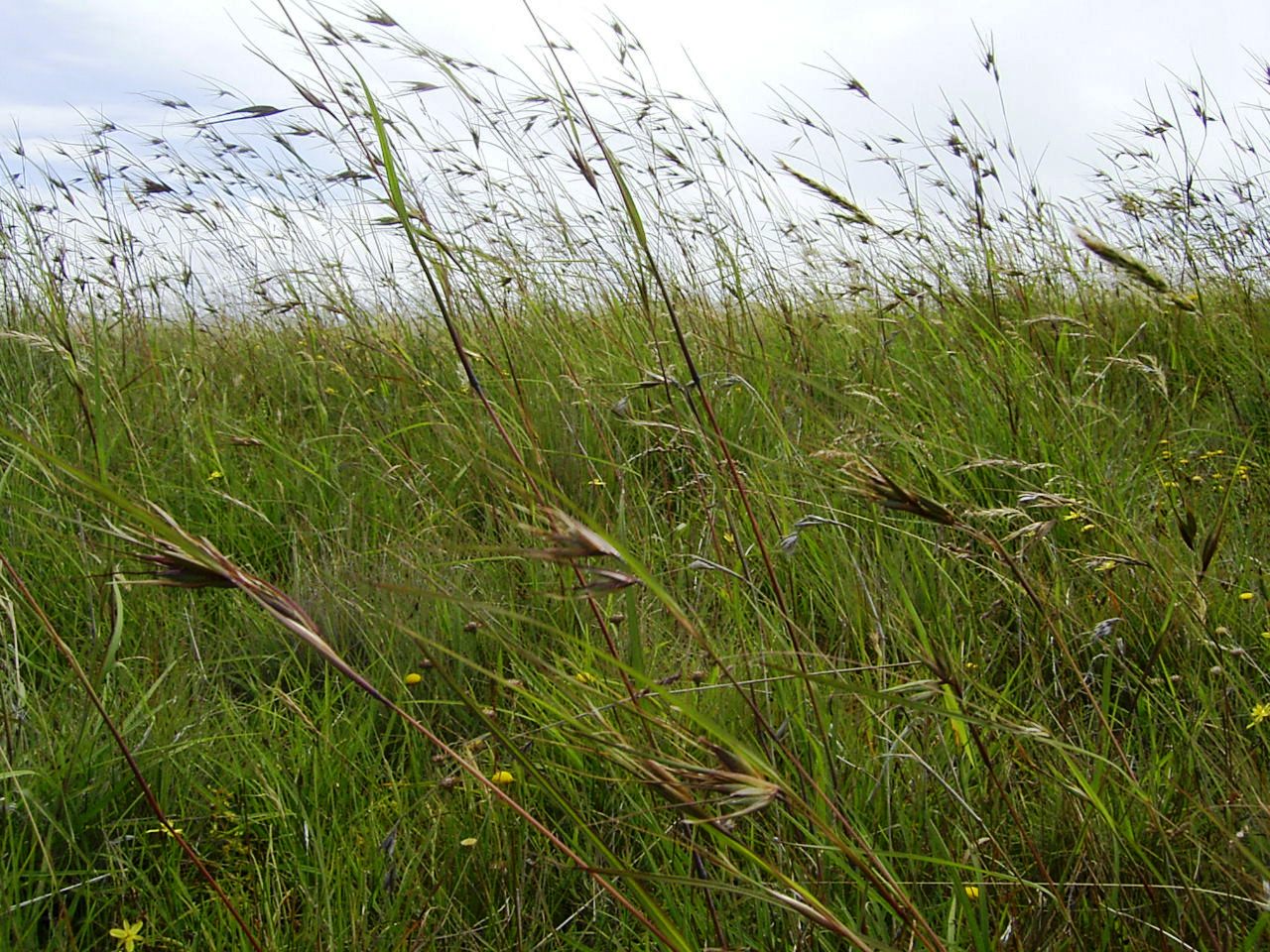A range of teacher professional learning programs will be developed to accompany the Biodiversity of the Western Volcanic Plains online outreach...
The Western Volcanic Plains
The Western Volcanic Plains are the third largest volcanic plain in the world. The volcanic plains extend 350 km west from Melbourne, almost to the border of South Australia, forming a belt roughly 100 km wide and covering approximately 20,000 square kilometres. The gently undulating plains are formed of lava flows up to 60 m thick, and are studded with volcanic hills. There are a range of soil types reflecting the age and degree of weathering of the lava flows.
What is a grassland?
Where do grasslands occur?
Grasslands exist throughout the world in temperate areas, including Australia and Victoria. Grassland ecosystems in Victoria are found in flat to gently undulating country at low altitudes in a range of geographic areas. These include not only the volcanic plains of south-western Victoria but also the calcareous sandy flats of the Wimmera, the alluvial plains of northern Victoria and South Gippsland, the higher-altitude hillsides of East Gippsland and the low country around Port Phillip Bay and Westernport.
Soil Types
Rainfall
Plant and animal adaptations
Many of Victoria’s grassland plants are adapted to dry summers, wet winters, grazing by native animals, and frequent, low-intensity fires.They have a flush of spring and early summer flowering, perhaps as an adaptation to the rapid drying of the soil in summer.
Some native grasses (e.g. Kangaroo Grass, Windmill Grass) use different chemical and morphological mechanisms for photosynthesis than most other plants. The C4 carbon fixation process is very efficient in hot, dry conditions and in soils with low nitrogen levels. It requires more energy than the typical C3 photosynthesis pathway used by most other species (e.g. Perennial Rye-Grass, Wallaby-grass, Spear-Grass) but releases far less water into the atmosphere. Having a mix of plants using these two different photosynthetic pathways allows grasslands to survive and grow during both drought and times of plentiful water. By comparison, traditional European pasture species are more productive but cannot survive well during Victoria’s weather extremes.
The animals that live in grasslands include both vertebrates and invertebrates. Vertebrates include amphibians, birds, mammals and reptiles. Many grassland animals have developed adaptations, which enable them to live only in grassland ecosystems.
Links



